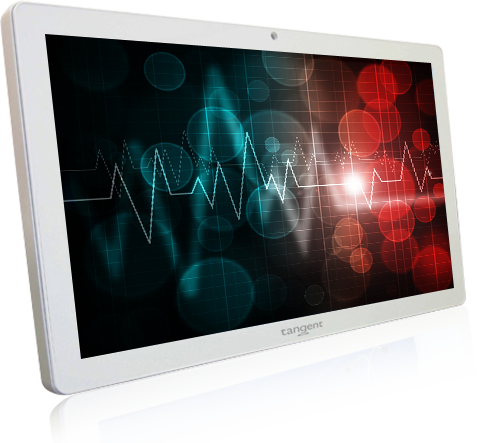It’s no secret that the majority of doctors choose their profession because of one ideal: they truly want to help people. Being a doctor means meeting with patients face-to-face, listening to them, and comforting them. Sadly, in our digital age, people are increasingly becoming more and more isolated as screens take the place of people. This phenomenon has unfortunately spread to doctors, who are spending as much as twice the amount of time looking at screens as they do looking at patients. This can help lead to doctors suffering from occupational burnout, in which doctors may feel powerless or too stressed to work at optimal levels.
The World Health Organization has recognized occupation burnout as an actual medical condition, and taking the condition as seriously as they do can drastically help your hospital. A study by two Stanford researchers found that burnout costs the U.S. economy up to $190 billion dollars every year.
Better Access
This phenomenon is not unprecedented, as our technology advances so too does it’s complexity. As decision making on how medical computers are deployed and what software is on them shifts from doctors to management, it is important that doctor’s concerns are taken seriously and their input taken into consideration.

As doctors have to interact with multiple medical computers throughout the day, saving them the hassle of having to remember a litany of passwords may help ease their stress. Attempting to keep track of multiple passwords for separate medical computers, and then having to contact IT for a password reset can be a time intensive process that turns doctors off from using their medical computers as often as they need to. Medical computers like the Medix KW come equipped with both smart card readers and RFID readers, meaning that doctors can log into these medical computers in the blink of an eye.
Better Involvement
While it may seem like the IT department in charge of keeping your medical grade computers have little in common with the doctors using them, a strong relationship between these departments can go a long way. Making sure that the maintainers and users of medical grade computer systems are in touch can help communication of computer problems go much faster. After all, medical grade computers have a large amount of specialty software, and the quickly evolving landscape of digital medical care requires constant learning. Organize meetings between your IT department and medical staff regularly to ensure that all staff are on the same page about medical grade computer usage.
Better Usability
Doctors aren’t medical scribes, and their work hours shouldn’t be taken up trying to type on a keyboard hooked up to a medical grade computer. Touchscreen based medical grade computers can save doctors vast amounts of time, as their intuitive interface can be interacted with in the same way doctors use their own smartphones. These medical grade computers should have a strong antimicrobial coating, to ensure that use by multiple medical staff does not cause bacteria build up.
Don’t Give Up
Technology, and medical grade computers, aren’t going anywhere any time soon. While long periods of usage can cause medical grade computers to become a source of burnout, it doesn’t necessarily have to. Keeping your staff updated on how to use their medical grade computers can drastically help alleviate stress they may feel when using them. Updating your medical grade computers to ones with quality of life improvements such as smart card readers can also help. In the end, communication can make a huge difference in preventing occupational burnout.
